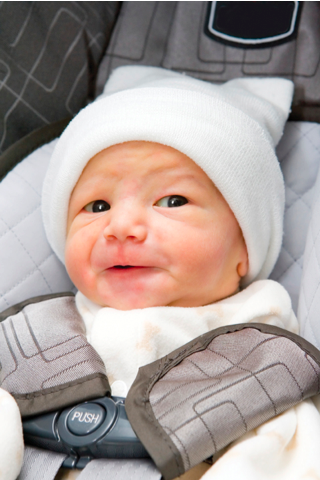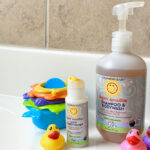Buckling your infant in his car seat
Your baby should always ride in a rear-facing car seat […]

Use these tips for making sure your car seat is properly installed:
- Read both the car seat manual and your car owner’s manual to find out how you’ll need to install your seat. All cars made after 2002 come with the LATCH system, but older models might require a locking clip for a secure fit.
- Use your seat’s angle adjuster to ensure baby’s seat is in the proper position. If he is sitting at too much of an angle, it could cause his head to flop forward, which is not only uncomfortable but also unsafe.
- Wiggle the seat or base after you’ve installed it. If it moves more than an inch from side to side or front to back, it’s not tight enough.
- If you’re using an infant car seat that snaps into a base, listen for the click that lets you know the seat is safely secured every time you put baby in the car.
Smart advice: Drop by your local fire department to have someone certified in car seat installation help secure your baby’s seat properly in your vehicle.
Cheat sheet: If your baby will be regularly riding in a car other than yours (i.e., your partner’s), consider purchasing an additional base for convenient click-in installation in either vehicle.







